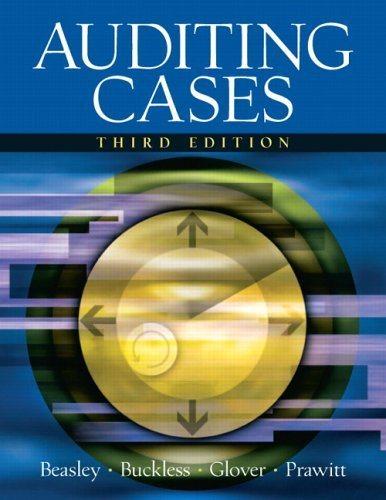Question
Established in 1891 in Eindhoven, the Netherlands, Koninklijke Philips NV is one of the worlds oldest multinational companies. The company began making lighting products and
Established in 1891 in Eindhoven, the Netherlands, Koninklijke Philips NV is one of the worlds oldest multinational companies. The company began making lighting products and over time diversified into a range of businesses that included domestic appliances, consumer electronics, and health care products. From the beginning, the small Dutch domestic market created pressures for Philips to look to foreign markets for growth.
By the start of World War II, Philips already had a global presence. During the war, the Netherlands was occupied by Germany. By necessity, the companys national organizations in countries such as Australia, Brazil, Canada, United Kingdom, and the United States gained considerable autonomy during this period. After the war, a structure based on strong national organizations remained in place. Each was in essence a self-contained entity responsible for much of its own manufacturing, marketing, and sales.
Most R&D activities, however, were centralized at Philips Eindhoven headquarters. Reflecting this, several product divisions were created. Based in Eindhoven, the product divisions developed technologies and products, which were then made and sold by the different national organizations. During this period, the career track of most senior managers at Philips involved significant postings in various national organizations around the world (a career development practice often seen still in multinational corporations).
For several decades this organizational arrangement worked well. It allowed Philips to customize its product offerings, sales, and marketing efforts to the conditions that existed in different national markets. By the 1970s, however, flaws were appearing in the approach. The structure involved significant duplication of activities around the world, particularly in manufacturing. When trade barriers were high, this did not matter so much, but the significance of its effect became important when trade barriers started to fall and competitors came into the marketplace. These competitors included Sony and Matsushita from Japan, General Electric from the United States, and Samsung from South Korea. They gained market share by serving increasingly global markets from centralized production facilities, where they could achieve lower costs.
Philips response was to try to tilt the balance of power in its structure away from national organizations and toward product divisions. International production centers were established under the direction of the product divisions. The national organizations, however, remained responsible for local marketing and sales, and they often maintained control over some local production facilities. One problem Philips faced in trying to change its structure at this time was that most senior managers had come up through the national organizations. Consequently, they were loyal to them and tended to protect their autonomy.
Despite several reorganization efforts, the national organizations remained a strong influence
at Philips until not too long ago. Former CEO Cor Boonstra famously described the companys organizational structure as a plate of spaghetti and asked how Philips could compete when the company had 350 subsidiaries around the world and significant duplication of manufacturing and marketing efforts across nations.
Boonstra instituted a radical reorganization. He replaced the companys 21 product divisions with just 7 global business divisions, making them responsible for global product development, production, and marketing. The heads of the divisions reported directly to him, while the national organizations reported to the divisions. The national organizations remained responsible for local sales and local marketing efforts, but after this reorganization they finally lost their historic sway on the company.
Philips, however, continued to underperform its global rivals. By 2008, Gerard Kleisterlee, who succeeded Boonstra as CEO in 2001, decided Philips was still not sufficiently focused on global markets. He reorganized yet again, this time around just three global divisions: health care, lighting, and consumer lifestyle (which included the companys electronics businesses). These are also the three divisions that are in place under the most recent CEO, Frans van Houten, who became the CEO of Philips in 2011.
The three divisions are responsible for product strategy, global marketing, and shifting of production to low-cost locations (or outsourcing production). The divisions also took over some sales responsibilities, particularly dealing with global retail chains such as Walmart, Tesco, and Carrefour. To accommodate national differences, however, some sales and marketing activities remained located at the national organizations.
QUESTION: Describe how, without setting up any new subsidiaries or changing where any of the subsidiaries were headquartered or how they operated, the company might have transferred profits from subsidiaries in high tax jurisdictions to those in low tax jurisdictions in order to reduce the total amount of tax it had to pay to all of the various host countries where its 350 subsidiaries were located
Step by Step Solution
There are 3 Steps involved in it
Step: 1

Get Instant Access to Expert-Tailored Solutions
See step-by-step solutions with expert insights and AI powered tools for academic success
Step: 2

Step: 3

Ace Your Homework with AI
Get the answers you need in no time with our AI-driven, step-by-step assistance
Get Started


